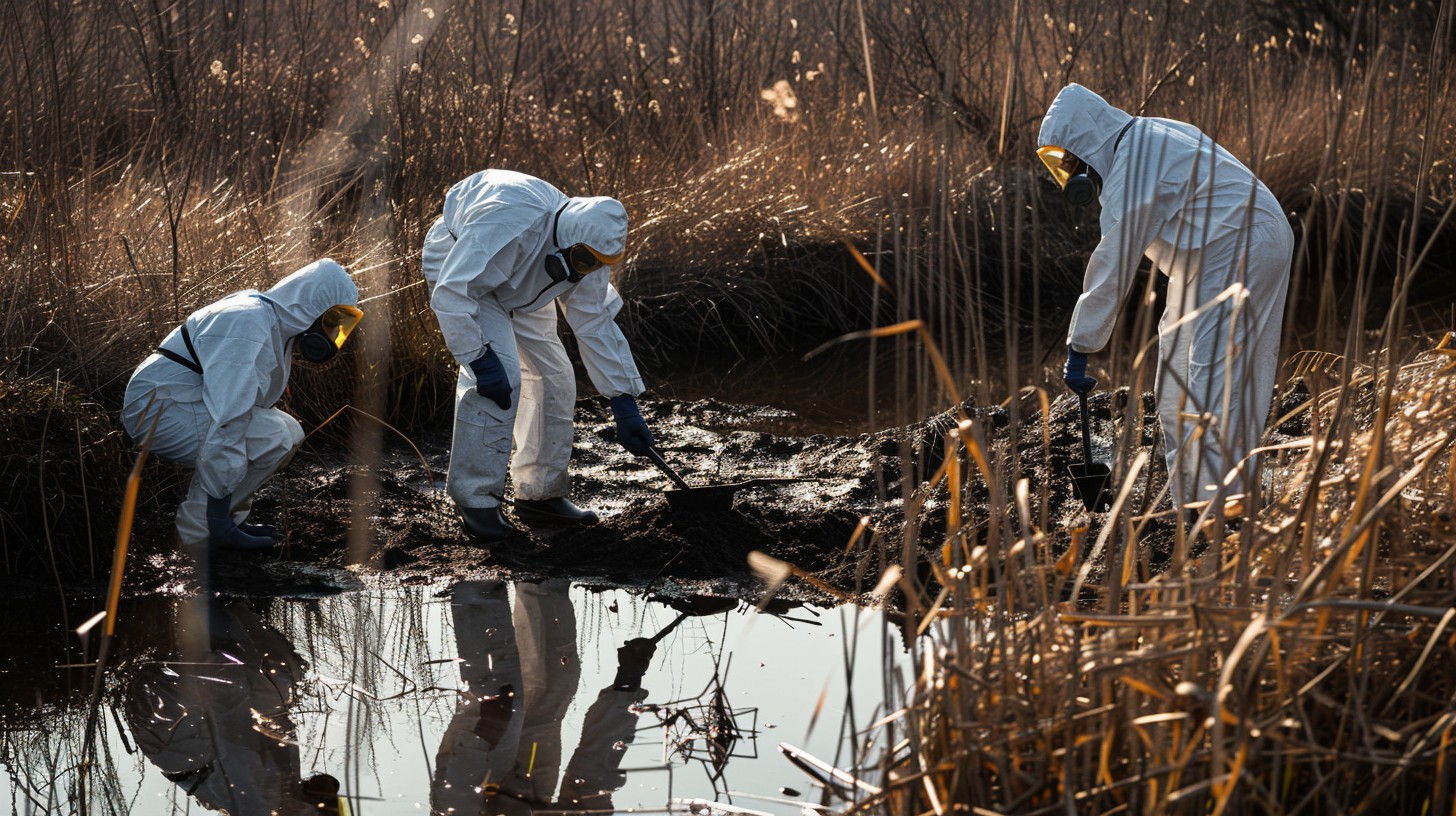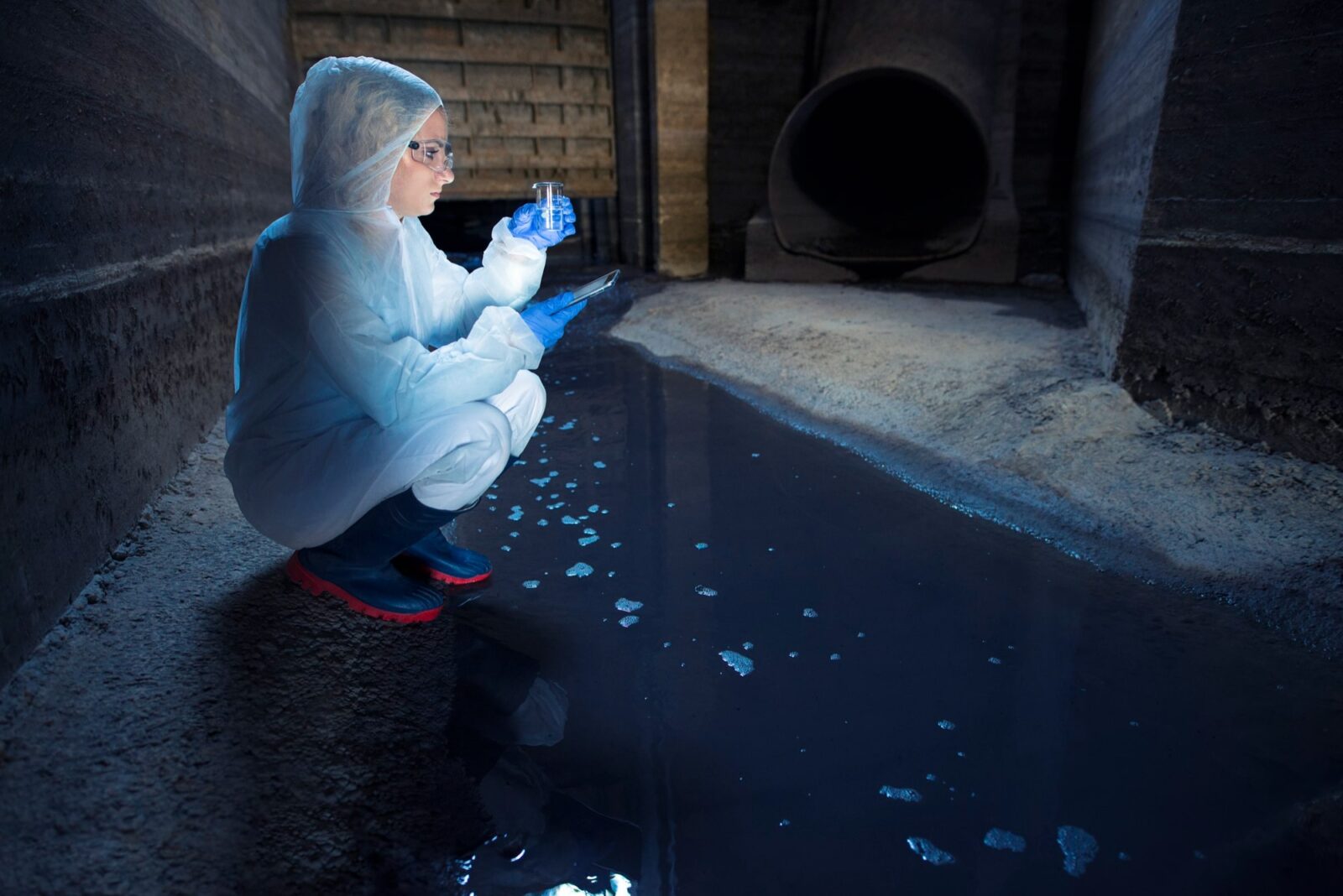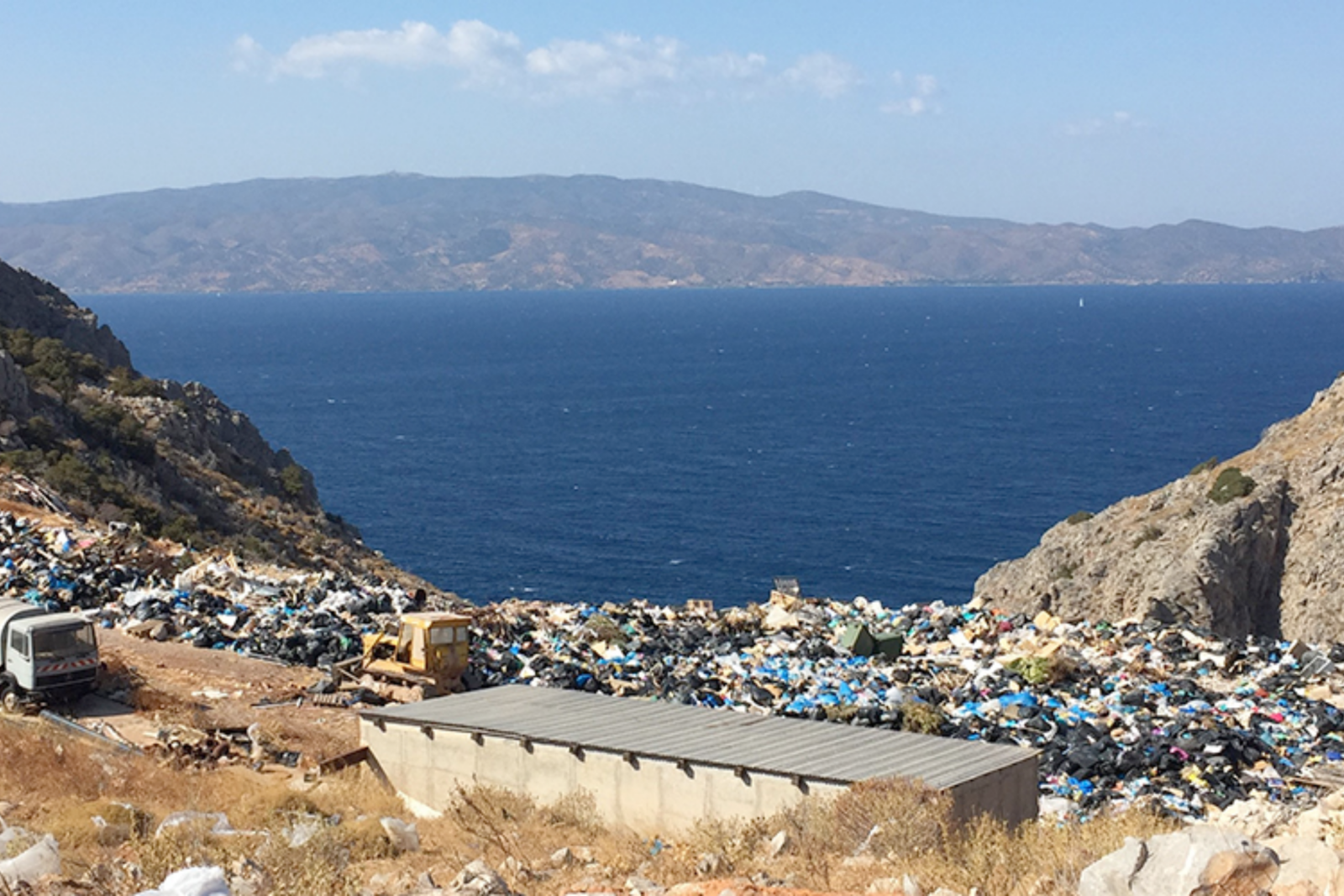
Researchers at Oxford Brookes University have developed an innovative technology to combat one of the most persistent environmental threats worldwide: the presence of toxic per- and poly-fluoroalkyl substances (PFAS), also known as "forever chemicals," in water supplies.
The team, in collaboration with experts from Türkiye, Sweden, and the U.K., has designed a new hydrodynamic reactor that utilizes cavitation – a process where bubbles form and collapse due to pressure changes – to effectively remove PFAS from water.
This groundbreaking research was recently published in the Chemical Engineering Journal.
PFAS chemicals, initially invented in the 1930s, have been widely used in everyday items such as nonstick cookware, waterproof clothing and food packaging. However, since the 1970s, scientists have raised concerns about their toxicity, which was confirmed in the early 2000s.
These chemicals have been linked to a variety of serious health conditions, including thyroid disorders, elevated cholesterol, liver damage and even cancer.
Despite their harmful effects, PFAS have been detected in water supplies worldwide, creating a global challenge for water treatment. They enter water sources through industrial wastewater, agricultural runoff and even household sewage.
Removing these contaminants has proven to be a costly and time-consuming process, often limited to laboratory-scale treatments.

Professor Iakovos Tzanakis, who specializes in Engineering Materials at Oxford Brookes University, and his colleague Morteza Ghorbani, a Royal Society-Newton Fellow, spearheaded this innovative project. Collaborating with Sabanci University and Beko from Türkiye, as well as the KTH Royal Institute of Technology and IVL Swedish Environmental Research Institute, the researchers set out to create a practical and scalable solution.
"Our challenge was to develop a method to effectively remove PFAS from water in a way that is sustainable and can be applied on a large scale," said professor Tzanakis.
"This new technology represents a significant step forward in tackling this global issue," Tzanakis added.
The hydrodynamic cavitation reactor uses fast-moving liquids in confined spaces to create and collapse small bubbles, a process that cleans water efficiently. Unlike conventional methods, which require expensive chemicals and extensive processing, this new reactor operates with no additional chemical agents, making it both eco-friendly and energy-efficient.
Initial tests of the reactor at the Hammarby Sjostad wastewater treatment plant in Sweden showed impressive results, achieving nearly a 36% degradation rate of 11 common PFAS variants in just 30 minutes.
Ghorbani, who is also affiliated with Sabanci University, remarked: "The results exceeded our expectations. We are now conducting in-depth studies to better understand and optimize the underlying mechanisms of PFAS removal at Oxford Brookes University."

The success of the initial tests has paved the way for further development. The team is now focused on scaling up the reactor to treat larger volumes of PFAS-contaminated wastewater.
The current goal is to treat up to 20 liters, with plans to extend this to 200 liters in a treatment plant in Sweden.
"Our objective is to refine and enhance this promising technology, ensuring it is ready for widespread use in wastewater treatment facilities across the globe. By 2035, the EU mandates that all PFAS-containing waste must be treated, and we are determined to contribute to that effort," said Ghorbani.
The project aligns with broader international efforts to regulate and reduce PFAS levels in water supplies. In the U.K., the Royal Society of Chemists has launched a campaign to address the issue, while the EU plans to introduce stricter rules on the use of PFAS chemicals by 2024. In the United States, legal limits have already been set to protect public health.
Professor Tzanakis highlighted the significance of these efforts, stating: "Our technology has the potential to revolutionize wastewater treatment, offering a safer, more sustainable approach that can be scaled globally. The advancements in green hydrodynamic cavitation overcome the limitations of traditional methods, making it a viable alternative for communities around the world."

The collaboration between Oxford Brookes University and Turkish partners, including Sabanci University and Beko, demonstrates a commitment to addressing global environmental challenges through international cooperation.
Türkiye’s expertise and resources have been integral to the success of this project, showcasing the nation's role in advancing sustainable technologies.
As global efforts to tackle PFAS pollution gain momentum, the innovative work led by Oxford Brookes University and its partners represents a beacon of hope in the fight for cleaner, safer water worldwide.